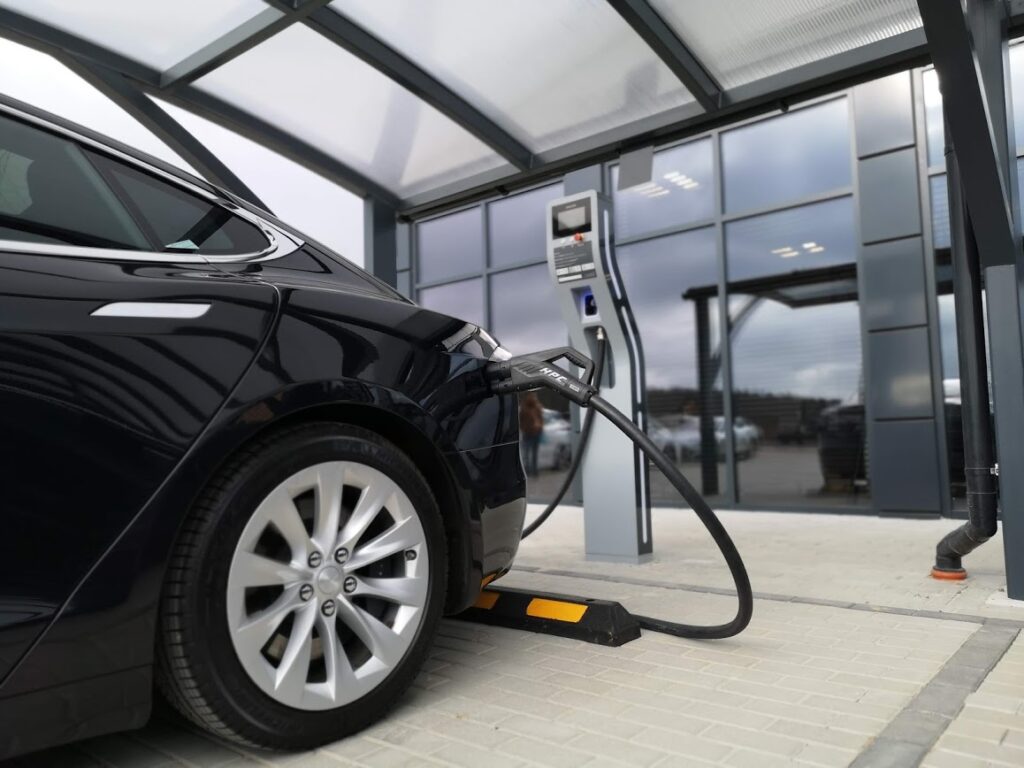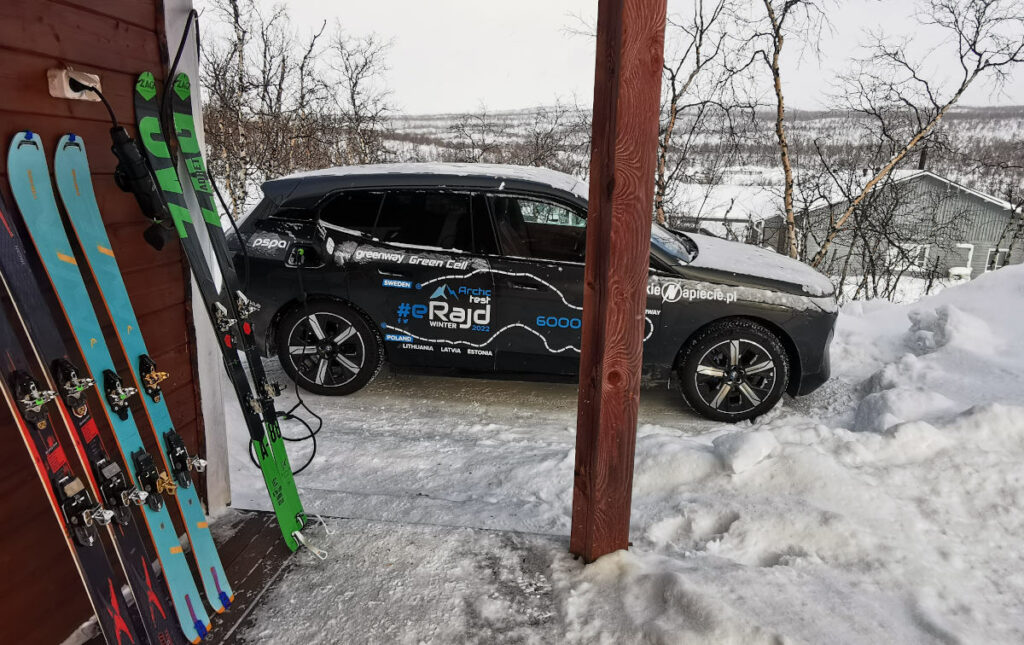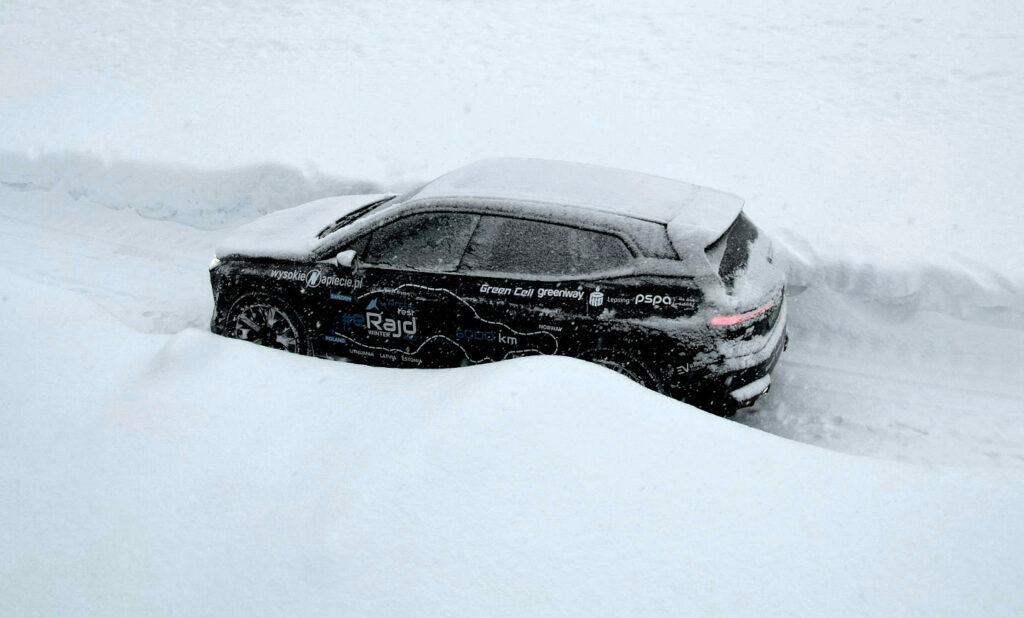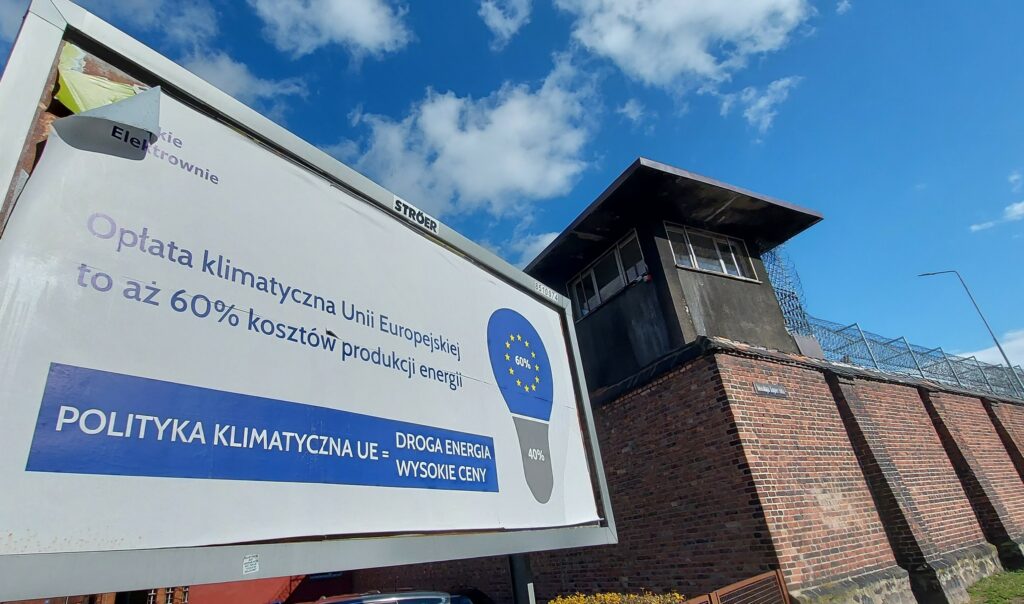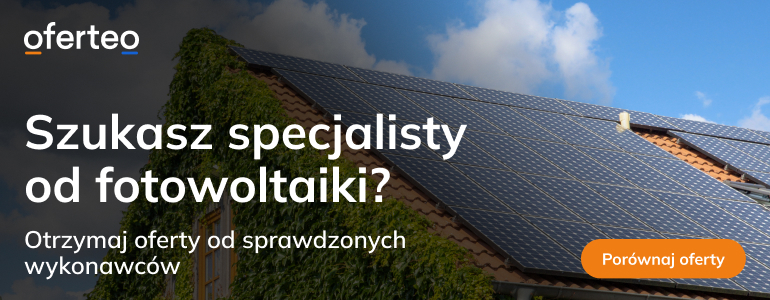Truth be told, at that time I was as ignorant as possible about Ukraine and its EV efforts. I did my homework and was amazed to learn how dynamically the country was pushing the e-mobility agenda. Regarding Hanna and Arsenii, they were the face of Ukrainian revolution. Arsenii is an engineer, a talented craftsman who can literally make things that work (more about it later), initiator of the Ukrainian EV Association, and its president back in 2016. And, of course, Arsenii looks like Elon Musk, and even if you can’t see it in the pictures, you must trust me it’s more apparent when you meet Arsenii live.
Hanna is a campaigner for electric Ukraine supporting multiple initiatives, programs, and events aimed at developing environmentally friendly transport. Together, they have built a company that imports electric cars and buses into Ukraine, and they also manufacture their own plug adapters and charging stations. Yes, I was amazed when I met them and absolutely charmed with their personalities.
After our first meeting in Wrocław, I was invited to speak at one of the EVIM events in Kiev in the spring of 2017. The conference was organized by Denis Radiuk and a number of wonderful Ukrainian people who were more than just early adopters. They were the life and soul of Ukrainian e-mobility. Together with an EV friend, Kuba (whom you may remember from a few CleanTechnica articles), we landed in Kiev and were taken to the hotel in an electric taxi — one of the many Nissan LEAFs in the fully-electric taxi company. In Kiev. In 2017. Worth noting: we didn’t have electric taxi companies in Poland at that time.
The Polish delegation was large and also included Adam Hłond, owner at Rawicom; Piotr Wielgus, editor of Manager Floty magazine; and Aleksandra and Łukasz Jania, owners at Fleet Mobility. We were all there to promote electric transport and modern MaaS (mobility as a service) solutions — while, in fact, we saw more electric vehicles on the roads there than in Poland, a high level of EV awareness, and super high motivation to be independent of Russian fossil fuels, something I was told by a few Ukrainian conference attendees. I didn’t fully comprehend that at the time.
On day two, Hanna and Arsenii took Kuba and me for a ride, showing us Kiev’s best, but mostly giving us a tour of their electric kingdom. We were shown electric vehicles from China that they were importing into Ukraine. In a small garage in a small yard, Arsenii showed us a charging station built of … servers, and another one with 50kW power capacity looking as smart as any ABB station you could find in Poland.
After that, we went to a large manufacturing facility that used to be a weapons factory, where Arsenii was renting space and manufactured battery cells, battery management systems, and other things I didn’t even understand. In a small office, we talked and laughed, we shared visions of an electric future. In the middle of that, Arsenii showed us a thick paper file which, as it turned out, included a design of an electric off-road vehicle similar to a Polaris RZR PRO XP 4, with all technical drawings, specifications, and visualizations. The most extraordinary part of it was the manner Arsenii was showing us all these projects as if these were normal things you do in your spare time, nothing really to brag about. I loved that about him.
I’m sharing all of these memories with you to help you, global readers, understand it is all gone. The Ukrainian electric dream is gone. Since 2016, we have met with Hanna at several EV events. We exchanged ideas, jokes, and wishes through all of these years. After February 24, I texted her and other Ukrainian friends to ask how they were and offered support here in Poland. Hanna was torn between staying and leaving. Two weeks later, I got her message saying they were fleeing to Poland together with her sister-in-law and their five children. They needed accommodation for a few days in Katowice while waiting for their flight to Spain to meet her oldest daughter.
As I was on a business trip in Denmark, I made a short call to Kuba, who lives in the Katowice area, and he quickly organized a place to stay for Hanna at his parents-in-law and transportation from the border (to which they walked the last 20 km). I finally met Hanna a few days later, taking her family to the airport. I’m emotional and easily moved. I struggled not to cry giving Hanna a welcome hug and looking into her face. I will spare you the drama of her account of preceding weeks.
I can say Arsenii is staying in Ukraine, of course, and he is deputy chief of the supplies department in southern Kiev. Hanna is still coordinating supplies in Poland, Germany, and elsewhere, and trucks from Ukraine keep coming to collect these goods. They still don’t know if they will have somewhere to go back to.
The efforts of Hanna, Arsenii, Denis, Nazar (founder of Go To-U), and many other EV enthusiasts in Ukraine were shattered on 24th February 2022 by Russian invaders. Ukrainian infrastructure, cities, and cars are victims to ruthless, mindless, random destruction by the barbaric Russian army. Yet, I want to be clear — that is temporary. Ukraine will prevail because its people are the toughest and most determined fighters I’ve ever met. GM didn’t succeed in killing the electric car. Russia will fail in trying to kill the Ukrainian electric car. And all of us can help Ukraine win by putting pressure on politicians, contributing to big and small fundraisers, collecting goods for Ukraine, or simply by letting them know we are here for them. It all matters. Don’t be indifferent.
The text was also published on CleanTechnica.com


